How to declare luxury goods at US customs
Bringing luxury goods back to the US? Find out how to declare your items for a smooth travel experience.
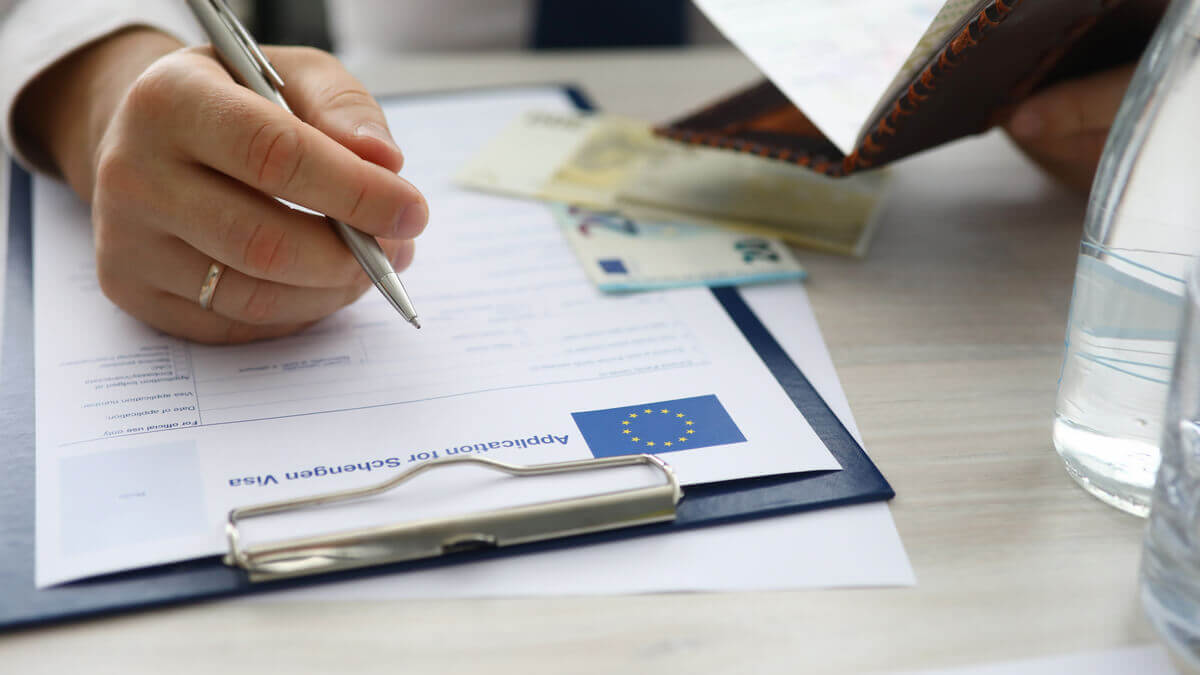
The European Schengen Area lets citizens and residents — as well as travelers — move between any of 26 different countries without border checks¹.
Depending on your nationality and the length of your stay, you may need a visa to enter the Schengen visa countries. But once you’ve crossed the border into your first destination country, you’ll probably not need to show your paperwork again as you travel.
This guide covers Schengen visa requirements and eligibility, as well as the Schengen visa application forms you’ll need to understand.
| 📑 Table of Contents |
|---|
And if you’re keen to try border free travel, we’ll also touch on how you could be better off with the Wise Multi-currency Account. Hold and manage all the currencies you need for your trip — with lower costs, and more convenience.
The Schengen area makes life easier whether you’re living and working in Europe — or traveling and want to make more of your visit. Even if you need a visa to enter the Schengen area for the first time, you’ll only need to make one single application to travel to any of the 26 countries in the Schengen zone². Simple.
A Schengen visa is usually offered for short stays of up to 90 days in any 180 day period — although long-stay visas are also available for people who will work, live or study in the region. You can apply for your visa at the local consulate of whichever county you’ll visit — or the country you’ll spend the longest in if you have a multi-destination trip planned.
Your visa will be checked on entry to the Schengen area, and your immigration information shared between your country of entry and other Schengen countries, through several different large scale IT systems. This allows countries to keep their borders secure and maintain controls, without carrying out checks every time someone crosses an internal border within the Schengen states.
| Want to learn more about the Schengen area and how it works? Get your full guide to the European Schengen zone and a rundown of Schengen area countries, here |
|---|
If you’re a citizen of a country which does not have a visa waiver arrangement for the Schengen area you’ll need to apply for a Schengen visa. This is the case if you’re going to Europe for a short trip, and in some cases, even if you’re only transiting through the Schengen zone³.
US citizens do not usually need a Schengen visa. However, if you’re in the US as a Green Card holder, you’ll need to check whether you need a Schengen visa based on your nationality. The full list of countries which require a Schengen visa — and those which are exempted — is available on the EU website⁴.
There are several different types of Schengen visa, depending on your requirements. Most commonly you’ll be issued what’s known as a Uniform Schengen Visa (USV), which is either:
- Schengen transit visa
- Schengen short stay visa
- Schengen long term visa
If you hold a transit visa this will only allow you to transit through a Schengen country, not enter it. A Shengen short stay visa may be issued for one time entry, double entry, or multiple entry, depending on your plans. This will usually be good for a stay of 90 days within a 180 day period. Finally, a Schengen long term visa is used for people entering the Schengen area to study or work, who will require a longer stay. This is a National Long Stay Visa, issued by the country you’ll reside in.
The Schengen protocols require all member states to use the same visa processes, including issuing the same types of visas, and running through the same security and border checks when someone enters the region from a third country.
In practice this means that you can apply for a Schengen visa from the country you’re planning to spend the most time in, and it will be checked when you first arrive in the Schengen zone. From that point, if you travel across borders to other Schengen states, you shouldn’t need to show your visa again. However, it’s important to know that not all countries in Europe are part of the Schengen zone. If you leave the region and only have a single entry Schengen visa, you won’t be allowed to re-enter the Schengen zone without getting a new visa prepared.
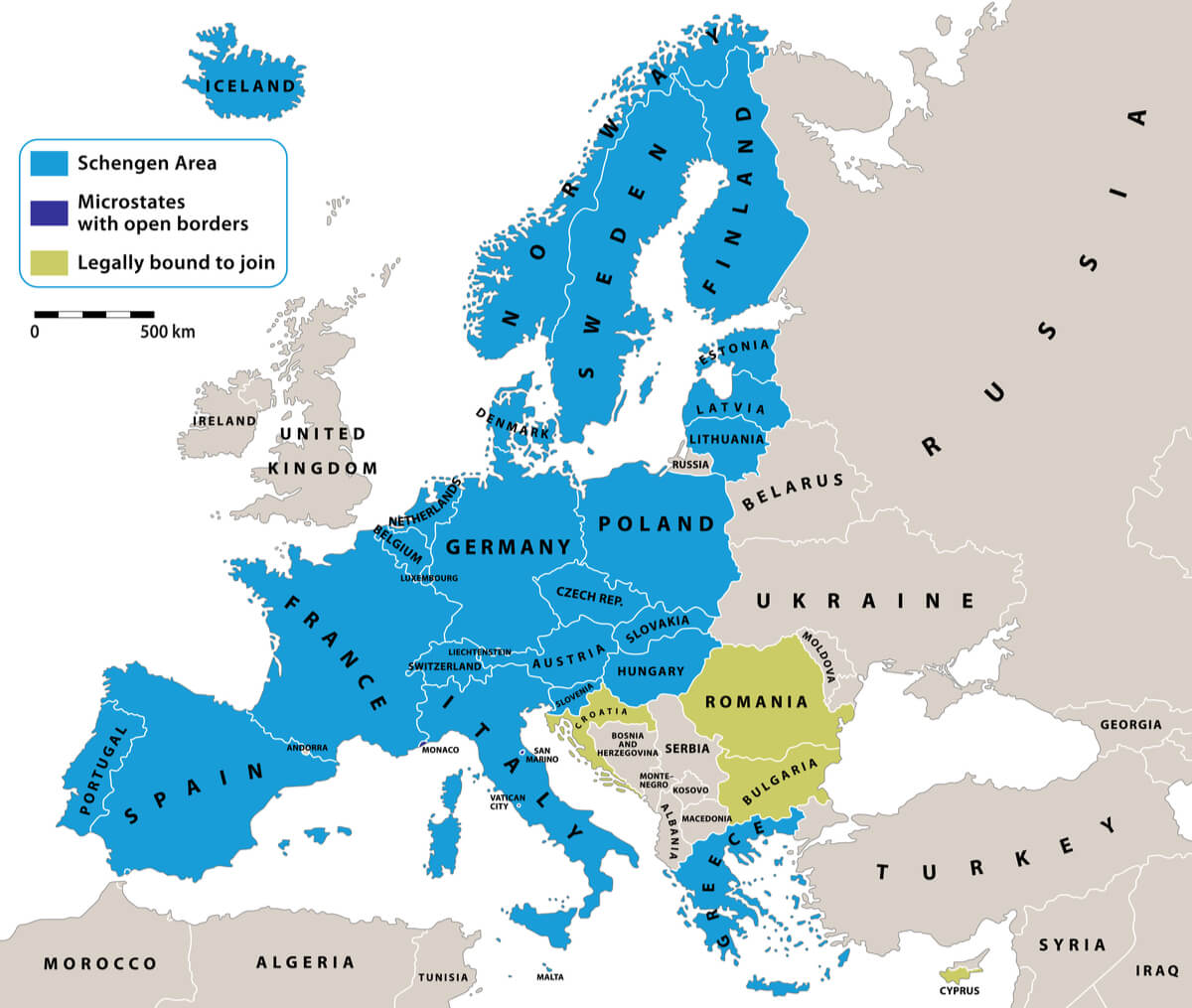
You can currently get a Schengen visa from any of the 26 countries listed below:
|
|
|---|
Several other countries including Bulgaria and Croatia are working towards membership of the Schengen zone, and already implement some Schengen processes.
Apply for your Schengen visa at the nearest consulate of the country you’re planning to visit⁵.
If you’re splitting your time between different countries, you’ll need to apply via the consulate of the country you intend to spend the most time in. And if your stay in the Schengen area will be equally split between different destinations, you’ll have to apply at the consulate of the first destination country.
Each consulate will have slightly different processes for application — so you’ll want to check the details before you get started. However, the basic steps and Schengen visa requirements are usually the same. Here’s an example of how you’d apply for a Schengen visa via the consulate of the Netherlands in the US⁶:
1. Complete and sign a Schengen visa application form
2. Submit this and your passport to your local embassy or visa service centre — this will often need to be done in person
3. You may need to visit an application centre to submit a passport photo and fingerprints
4. You could be invited for an interview
5. Your application will be checked and assessed — in some cases information is shared between Schengen states before a decision is made
6. You’ll be notified of whether or not your application was successful
To complete the Schengen visa application form you’ll need to provide information about your travel documents, dates of your trip, and who you’ll be visiting if relevant. You may be asked for proof of the reasons for your visit, or of your travel plans.
The exact documents you need to apply for a Schengen visa may vary depending on the type of trip, and how you’re processing your application. However, the requirements are broadly similar no matter why you plan to travel. Let’s look at example of the documents needed to apply for a Schengen visa through a Spanish consulate in the US⁷:
|
|---|
| Wondering how many EUR your USD will get? Check the handy conversion calculator below |
|---|
Check with the consulate you’re applying for, how long the processing time is likely to take. You must apply for your Schengen visa at least 15 days before you intend to travel, but not more than 6 months before the trip starts.
To give an example, applications lodged with a consulate or embassy of the Netherlands can be expected to take 15 days on average, but up to 45 days if additional documents or information is required.
Family members of EU and EEA nationals may be entitled to an accelerated visa procedure, which is also free of charge. This applies if:
|
|---|
Although the costs of applying for a Schengen visa are fairly standard, different consulates may have different payment requirements, and accept different currencies or payment methods. Check the details for the consular service you’ll be using before you apply.
Here are the costs for applications lodged through the embassy of the Netherlands in the US⁸:
| Children under 6 | Free |
| Children aged 6 - 11 | 40 EUR or 47 USD |
| Normal fee | 80 EUR or 94 USD |
| Discount fee | 35 EUR or 41 USD |
| Family members eligible for accelerated visa procedures | Free |
If you’re applying through a visa centre you may also need to pay an extra charge to the visa centre for the service you receive there.
Cut the costs of paying for your Schengen visa — and make sure you have all the currencies you need for your trip to Europe — with a Wise Multi-currency Account.
Open your account for free, top up in dollars, and then switch to the currency, or currencies, you need using the m exchange rate and low, transparent fees. Hold 50+ currencies, send international payments, spend in person and online with your linked debit card, and make ATM withdrawals all over the world.
|
|---|
🚀 Start spending without borders
Let’s look at some common questions and answers about the Schengen visa and Schengen visa countries.
You’ll be able to stay in the Schengen area for as long as is stated on your visa. This is usually up to 90 days for a short stay tourist Schengen visa.
| 🔎 Schengen visas may come with a few different valid periods |
|---|
|
If you overstay your Schengen visa you may be subject to a fine, deportation or a ban on future entry to the region.
Most Schengen visas are issued for a short stay in the region only. If you want to stay longer you may need to apply for a different visa type, or leave and re-enter the zone with a new visa a little later.
If you need to extend your Schengen visa in an emergency situation you’ll have to talk to the authorities in the country which issued the visa in the first place. To give an example, if your Schengen visa was originally issued by the Netherlands, you’ll be required to show that your extension is due to unforeseen circumstances, such as illness or an emergency. You’ll have to provide evidence of the issue, prove you can pay for yourself and that you’re still covered by insurance, and that you intend to leave within the next 90 days. A fee will apply⁹.
If your Schengen visa application is rejected, you’ll be informed of your options. You can usually appeal the decision at this stage, depending on the reason for the rejection.
You must apply for your Schengen visa no more than 6 months from the expected date of travel, and no less than 15 days before you expect to leave. The embassy or consulate you’re applying to will be able to advise on Schengen visa processing time to allow you to plan more accurately.
The Schengen area is one of the world’s largest areas of free movement, allowing travelers to cover up to 26 countries with one visa. That can mean you’re able to do more and see more on a single trip, if you plan your trip to Schengen visa countries carefully.
Make the most of borderless travel with the Wise Multi-currency Account, to hold and spend all the currencies you need for your trip, conveniently, and for lower fees.
Sources:
Sources checked on 10.18.2021
*Please see terms of use and product availability for your region or visit Wise fees and pricing for the most up to date pricing and fee information.
This publication is provided for general information purposes and does not constitute legal, tax or other professional advice from Wise Payments Limited or its subsidiaries and its affiliates, and it is not intended as a substitute for obtaining advice from a financial advisor or any other professional.
We make no representations, warranties or guarantees, whether expressed or implied, that the content in the publication is accurate, complete or up to date.
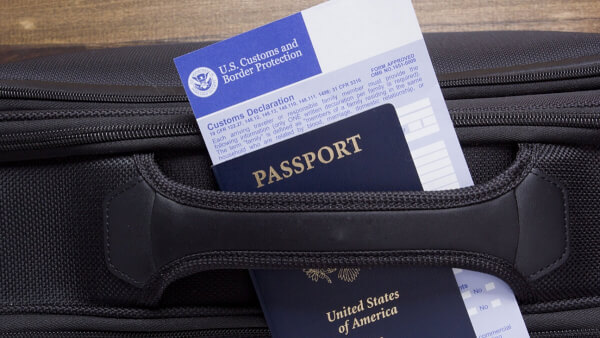
Bringing luxury goods back to the US? Find out how to declare your items for a smooth travel experience.
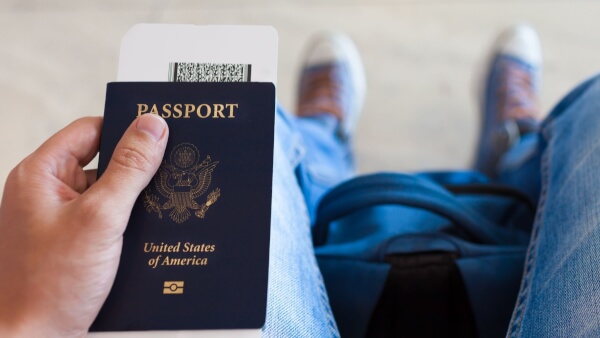
Heading abroad? Find out the difference between a REAL ID vs a passport, and which you need to fly internationally.

Planning your spring break? Here are the best international destinations for adults, families, and college students.

Explore the best luxury solo travel experiences with our ultimate guide.
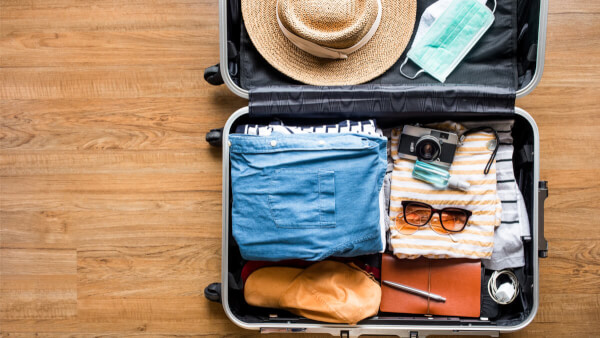
Explore the best luxury travel destinations and tips for singles over 50.

Explore the costs of chartering a yacht, including factors that influence prices, types of charters, and additional expenses.